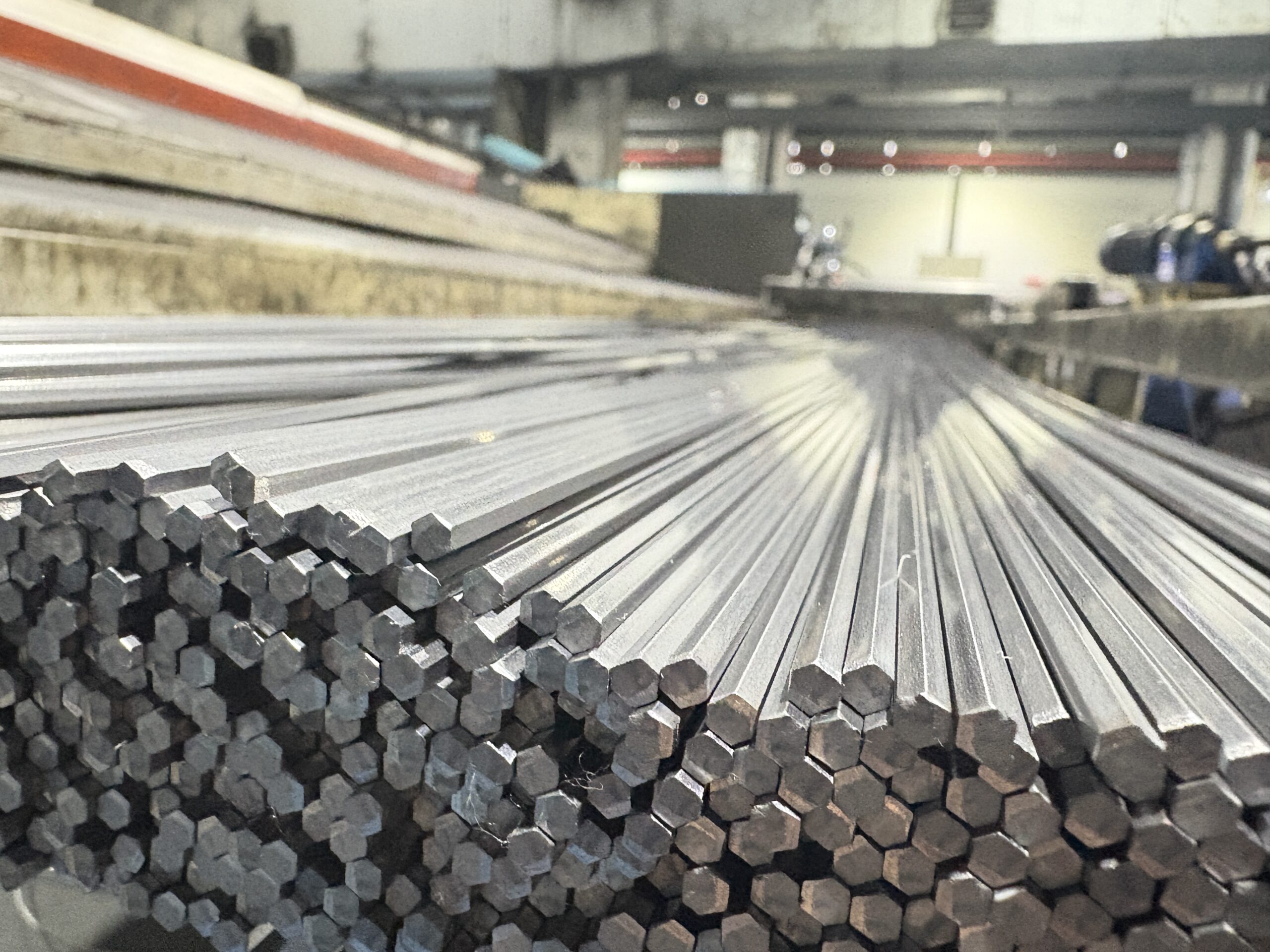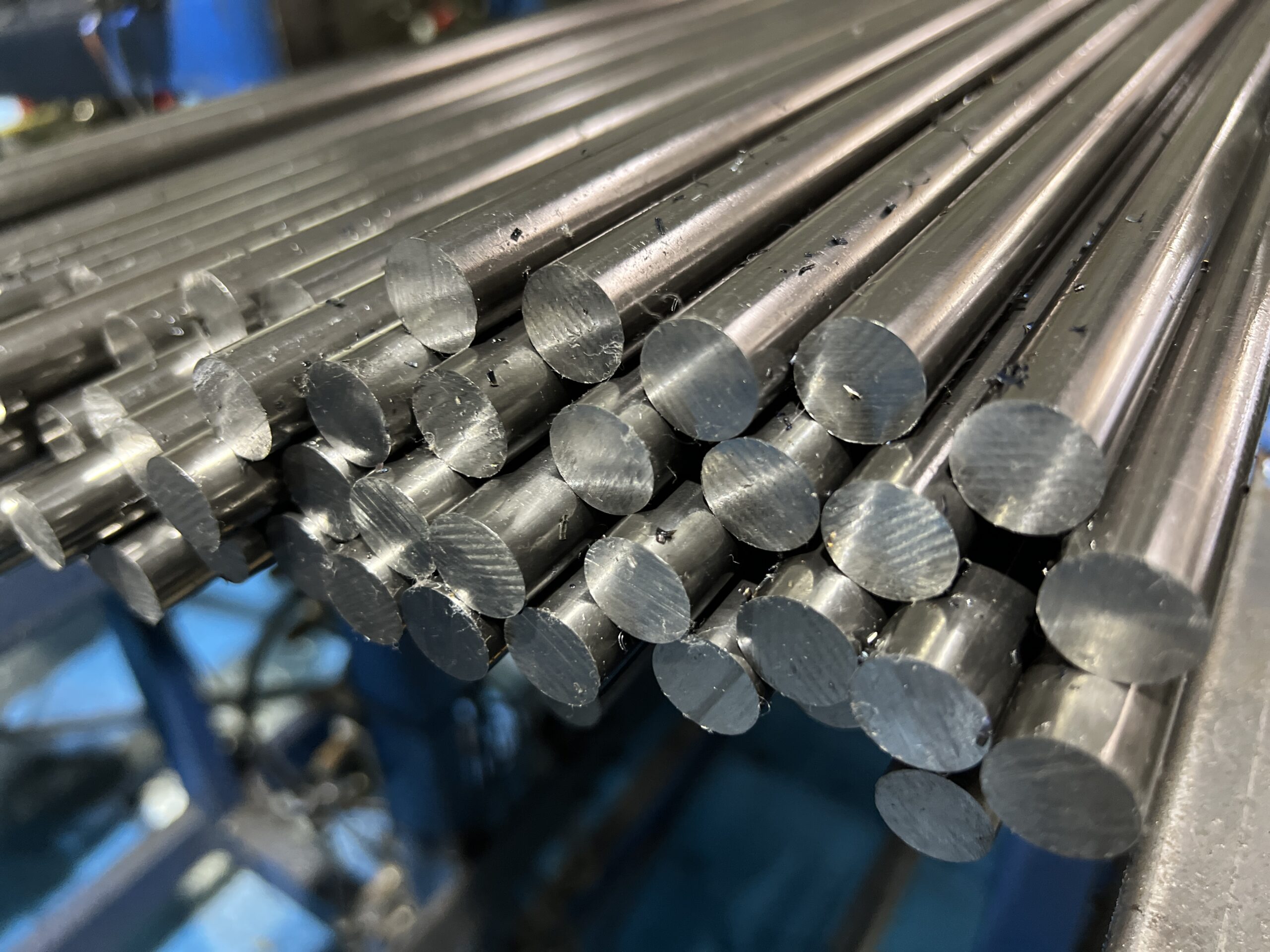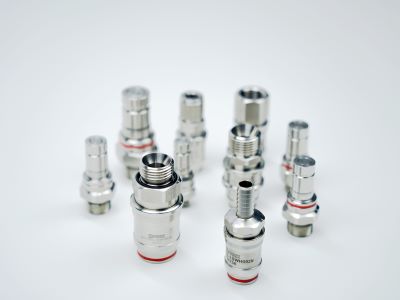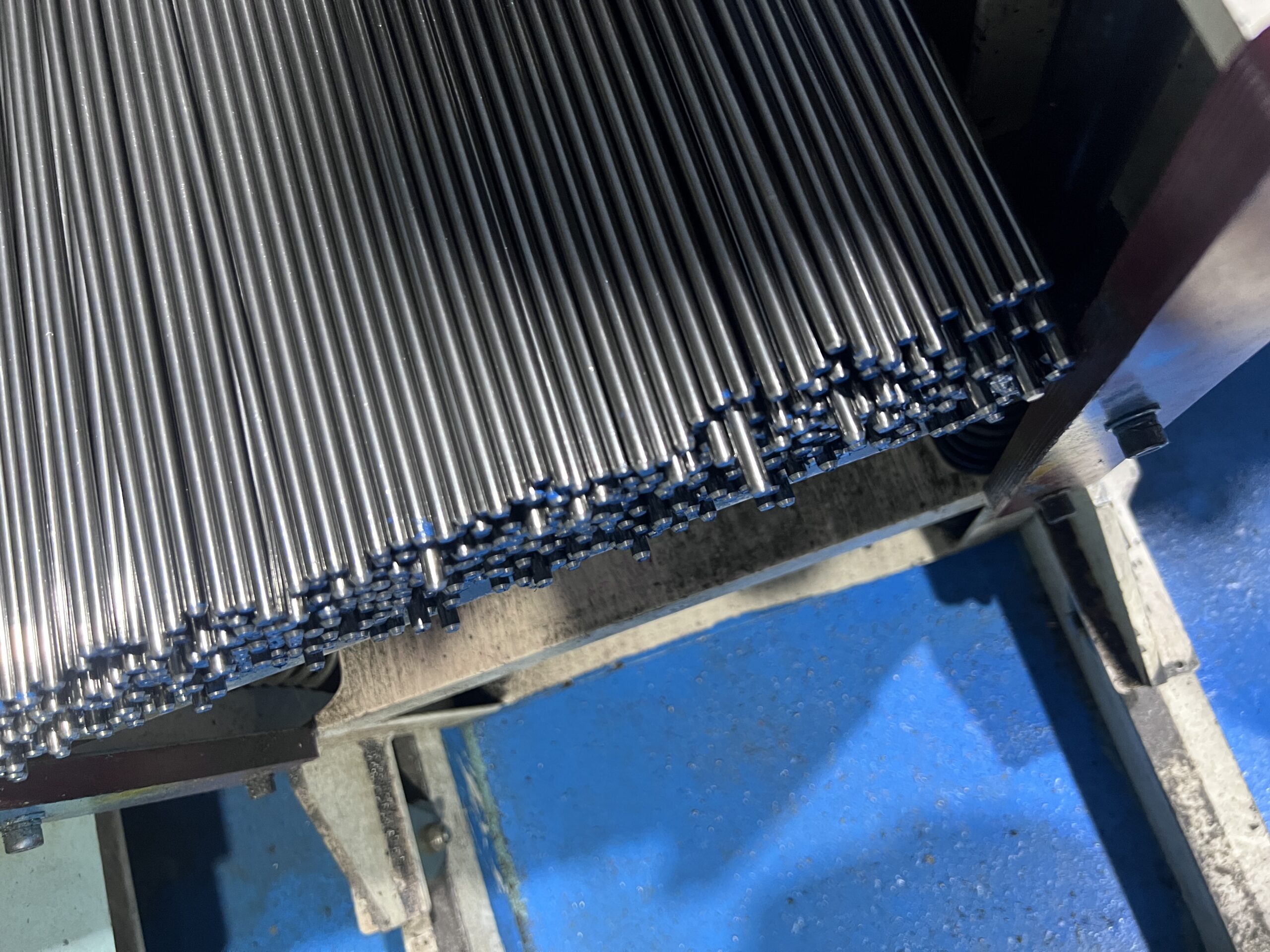In the field of high-performance computing, liquid-cooling systems are the backbone of thermal management. Whether it’s for GPU clusters, AI servers, or data center cooling modules, the reliability of the connector material directly determines the system’s long-term stability.
Among various stainless steel grades, 316L stainless steel bar stands out as one of the most suitable materials for liquid-cooling connectors, due to its exceptional corrosion resistance, stability under high pressure, and compatibility with coolant fluids.
316L stainless steel is a low-carbon austenitic alloy containing molybdenum, which enhances resistance to chloride-induced corrosion and pitting — two major challenges in closed-loop cooling systems. Its ability to maintain structural integrity in humid, high-pressure environments makes it ideal for liquid manifolds, quick connectors, and precision-threaded fittings used in advanced cooling assemblies like NVIDIA’s data center modules.
| Property | 316L Stainless Steel | 304 Stainless Steel | Aluminum Alloy |
|---|---|---|---|
| Corrosion Resistance | Excellent, especially in chlorides | Good | Poor in moisture environments |
| Tensile Strength (MPa) | 485–620 | 520 | 310 |
| Hardness (HRB) | 70–85 | 80–90 | 60–70 |
| Thermal Stability | High (up to 800°C) | Moderate | Moderate |
| Machinability | Smooth and stable | Moderate | Good but less durable |
At Tongyi Metal, our 316L stainless steel bars undergo fine grinding, annealing, and straightness correction, ensuring consistent performance during CNC machining and sealing surface finishing. Tolerance is controlled within ±0.01mm, and surface roughness can reach Ra≤0.2μm, making them suitable for O-ring sealing grooves and precision thread interfaces.
Furthermore, 316L’s non-magnetic and low-carbon nature prevents contamination in cooling channels, maintaining system cleanliness — a crucial factor in liquid-cooled data centers and GPU modules.
In short, 316L stainless steel provides:
-
Excellent corrosion and pitting resistance
-
High precision and stable hardness
-
Compatibility with coolant fluids (glycol, water-based, or dielectric types)
-
Long-term sealing reliability
For high-end applications such as AI computing liquid cooling, 316L stainless steel bar remains the most trusted choice — balancing machinability, stability, and durability to ensure systems like NVIDIA’s operate safely and efficiently under continuous thermal stress.






